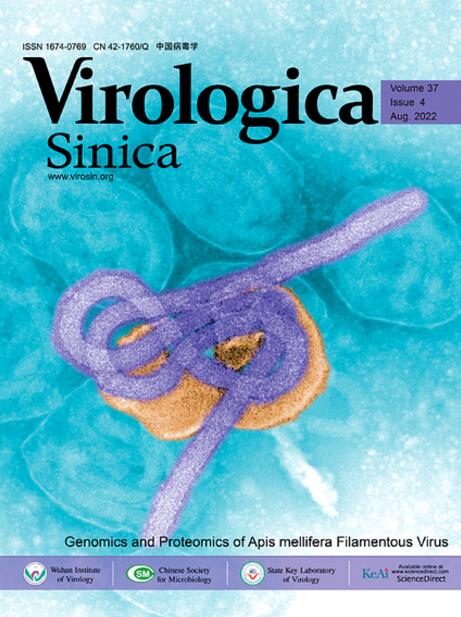自动态零COVID政策终止以来中国SARS-CoV-2传播的时空分析。
IF 5.5
3区 医学
Q1 Medicine
引用次数: 0
摘要
中国动态的零 COVID 政策在有效遏制 SARS-CoV-2 传播的同时,也无意中在人群中造成了免疫空白。政策终止后,与各种 SARS-CoV-2 株系相关的 COVID-19 病例随之激增,因此有必要对流行病学状况进行彻底调查。本研究通过分析政策终止后 11 个月期间在全国范围内收集的 39,456 个高质量基因组的综合数据集来解决这一问题。通过系谱分配、系统发育分析、大流行模式比较、系统动力学重建和重组检测,我们发现中国的疫情后时期可分为三个阶段,并伴随着优势系谱的动态变化。相似品系的地理聚集意味着相邻地区之间跨境合作的重要性。与美国、英国和日本相比,中国表现出独特的世系流行轨迹,其特点是最初滞后,随后推进,这表明多样化的防控政策对世系流行模式具有潜在影响。香港、上海和湖北成为全国传播的关键节点,标志着传播中心从中国东部地区向中部地区转移。虽然中国尚未出现重大变异,但新型重组事件--XCN系的检测和验证凸显了病毒的持续进化。总之,本研究系统地分析了自动态零COVID政策终止以来中国SARS-CoV-2病毒的时空传播情况,为区域监测和循证公共卫生决策提供了有价值的见解。本文章由计算机程序翻译,如有差异,请以英文原文为准。
The spatiotemporal analysis of SARS-CoV-2 transmission in China since the termination of the dynamic zero-COVID policy
China's dynamic zero-COVID policy has effectively curbed the spread of SARS-CoV-2, while inadvertently creating immunity gaps within its population. Subsequent surges in COVID-19 cases linked to various SARS-CoV-2 lineages post-policy termination necessitate a thorough investigation into the epidemiological landscape. This study addresses this issue by analyzing a comprehensive dataset of 39,456 high-quality genomes collected nationwide over an 11-month period since policy termination. Through lineage assignment, phylogenetic analysis, pandemic pattern comparison, phylodynamic reconstruction, and recombination detection, we found that China's post-epidemic period could be divided into three stages, along with dynamic changes in dominant lineages. Geographical clustering of similar lineages implies the importance of cross-border cooperation among neighboring regions. Compared to the USA, UK, and Japan, China exhibits unique trajectories of lineage epidemics, characterized by initial lagging followed by subsequent advancement, indicating the potential influence of diverse prevention and control policies on lineage epidemic patterns. Hong Kong, Shanghai, and Hubei emerge as pivotal nodes in the nationwide spread, marking a shift in the transmission center from east to central regions of China. Although China hasn't experienced significant variant emergence, the detection and validation of the novel recombination event, XCN lineage, underscore the ongoing virus evolution. Overall, this study systematically analyzes the spatiotemporal transmission of SARS-CoV-2 virus in China since the termination of the dynamic zero-COVID policy, offering valuable insights for regional surveillance and evidence-based public health policymaking.
求助全文
通过发布文献求助,成功后即可免费获取论文全文。
去求助
来源期刊

Virologica Sinica
Biochemistry, Genetics and Molecular Biology-Molecular Medicine
CiteScore
7.70
自引率
1.80%
发文量
3149
期刊介绍:
Virologica Sinica is an international journal which aims at presenting the cutting-edge research on viruses all over the world. The journal publishes peer-reviewed original research articles, reviews, and letters to the editor, to encompass the latest developments in all branches of virology, including research on animal, plant and microbe viruses. The journal welcomes articles on virus discovery and characterization, viral epidemiology, viral pathogenesis, virus-host interaction, vaccine development, antiviral agents and therapies, and virus related bio-techniques. Virologica Sinica, the official journal of Chinese Society for Microbiology, will serve as a platform for the communication and exchange of academic information and ideas in an international context.
Electronic ISSN: 1995-820X; Print ISSN: 1674-0769
 求助内容:
求助内容: 应助结果提醒方式:
应助结果提醒方式:


